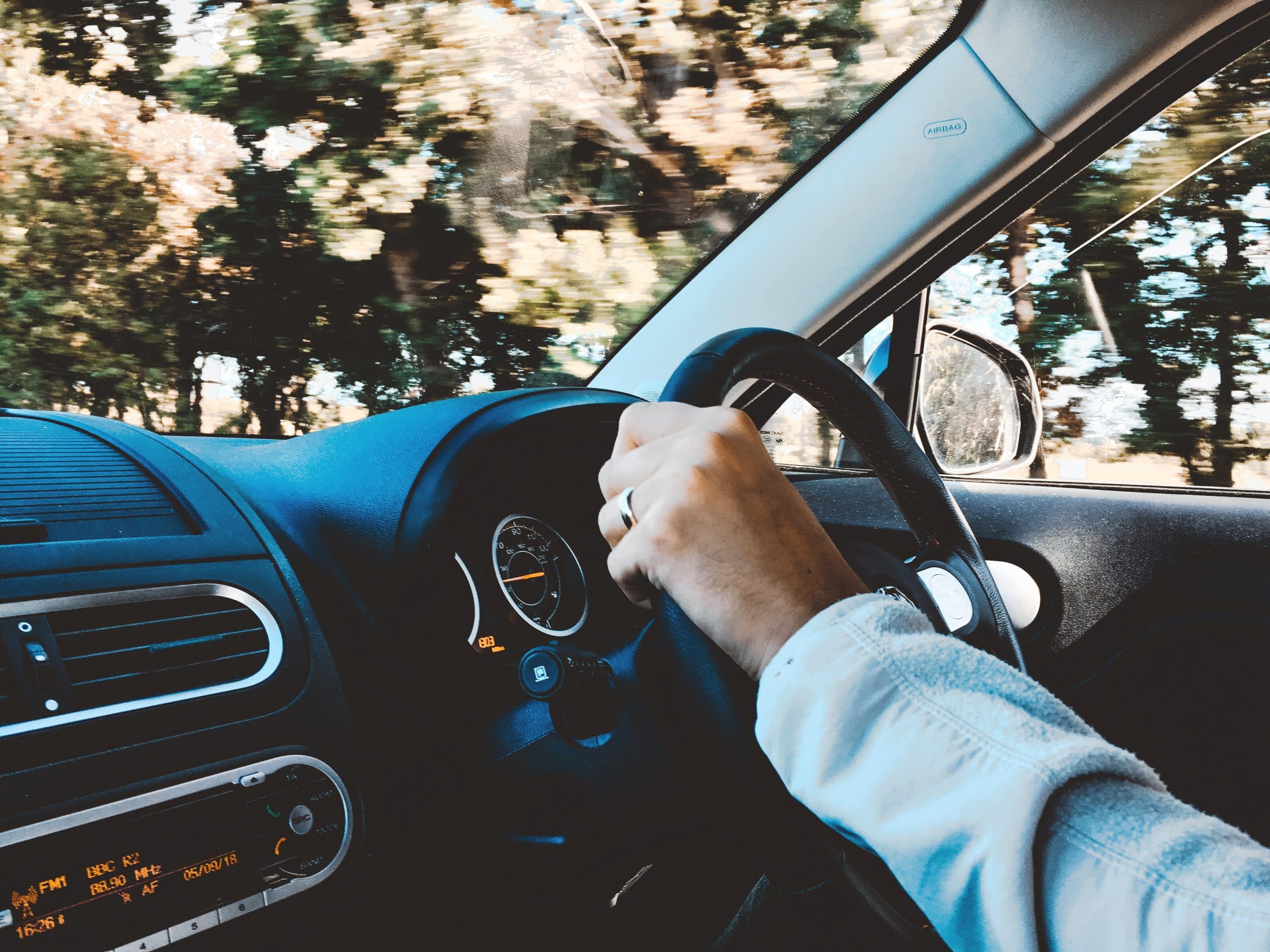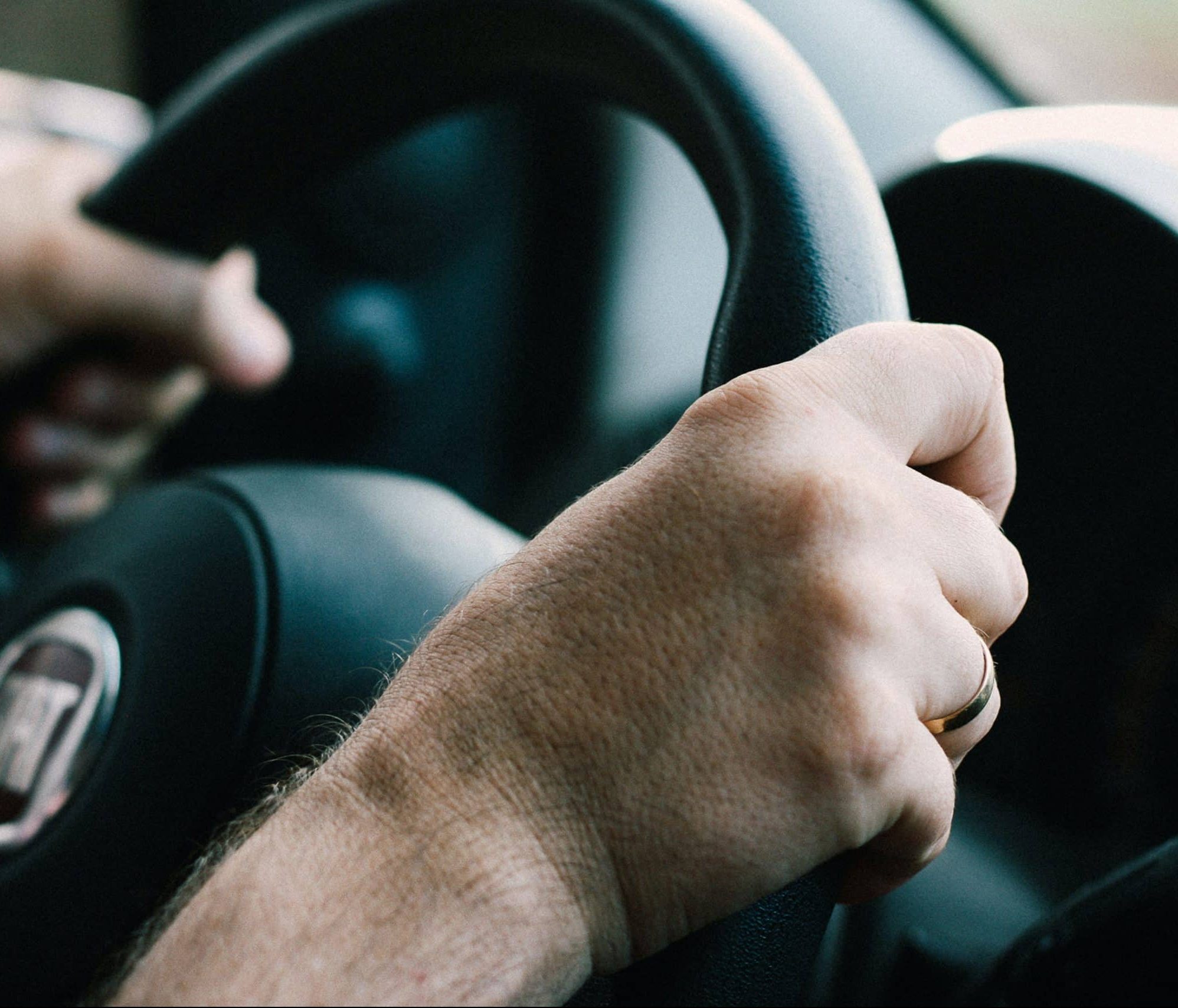
What is the POM Routine?
The POM Routine, which stands for “Preparation, Observation, and Move or Manoeuvre,” is a driving technique used by learner drivers in the UK to safely and effectively navigate the roads. It is a three-step routine that helps drivers plan, observe, and execute their driving manoeuvres.
Purpose of the POM Routine
The purpose of the POM routine is to assist drivers in planning and executing their driving manoeuvres in a safe and efficient manner. By following this routine, drivers can anticipate potential hazards and make informed decisions to ensure the safety of themselves and others on the road.
Steps of the POM Routine
The POM routine consists of three steps: Preparation, Observation, and Manoeuvre.
Before starting the engine, there are several important steps that should be taken to prepare the car for moving off. These steps include ensuring that the handbrake is engaged, the gear lever is in neutral, the seatbelt is fastened, the mirrors are adjusted, and the lights and indicators are switched off. By completing these checks, the driver can ensure that the car is in a safe and ready state for starting the engine and moving off.
1. Preparation
The first step of the POM routine is Preparation. During this stage, the driver assesses the situation and prepares the vehicle for the manoeuvre. This includes finding the biting point, which is the point at which the clutch engages with the engine power. The driver fully depresses the clutch pedal, shifts the car into first gear, and applies a slight amount of accelerator, usually equivalent to 1000/1500 rpm on the rev counter. Slowly releasing the clutch pedal allows the driver to feel a tug at the front of the bonnet, indicating that the biting point has been reached. At this point, the driver keeps their left foot still and maintains slight pressure on the accelerator, preparing to move off while the handbrake secures the car.
2. Observation
The second step of the POM routine is Observation. This stage involves performing a thorough observation of the surroundings before proceeding with the manoeuvre. The driver should conduct a 360-degree observation to see no hazards present. If the driver is moving away from the side of the road, the observation should begin on the side of the road and cover all blind spots, mirrors, and the rear view mirror. The purpose of this observation is to identify any potential hazards, such as other vehicles, pedestrians, or cyclists, and make informed decisions based on the information gathered.
3. Manoeuvre
The third and final step of the POM routine is the Manoeuvre. Once the driver has completed the preparation and observation stages, they can proceed with the manoeuvre. However, it is crucial to ensure that it is safe to do so. The driver should check their mirrors and blind spots to ensure there are no vehicles or obstacles in their intended path. They should also signal their intentions to other road users. Only when it is safe to proceed, the driver can execute the manoeuvre, whether it involves moving off from a stationary position at a junction or from a parking position at the side of a road.
By following the POM routine, drivers can effectively plan their actions, observe their surroundings for potential hazards, and execute their manoeuvres safely. This routine helps learner drivers develop good driving habits and promotes responsible and confident driving on the roads.
Common Mistakes to Avoid
Common Mistakes Made when Using the POM Routine
When using the POM (Prepare, Observe, Move) routine, there are several common mistakes that can be made. These mistakes can compromise the safety of the driver and other road users. Some of the common mistakes include:
- Not checking blind spots: Failing to check blind spots is a common mistake, especially when moving away from the kerb. It is crucial to check for any approaching hazards by carrying out a six-point observation, which includes checking the left blind spot, left door mirror, centre mirror, the road ahead, right door mirror, and right blind spot.
- Not signalling: Another common mistake is not signalling when necessary. It is important to use indicators to inform other road users of your intentions, especially when there are pedestrians or other vehicles around.
- Not holding the clutch: When moving away from the kerb, it is important to hold both the clutch and the brake to ensure a smooth and controlled start. Failing to do so can result in stalling the vehicle or jerky movements.
Tips for Mastering the POM Routine
Tips for practising the POM Routine Effectively
- Start by practising the routine in a quiet area with no traffic. This will help learners become familiar with the routine and the coordination of the clutch and accelerator.
- Once learners are comfortable with the routine, they should practice in a low-traffic area. This will help them become more confident in using the routine in a real-world environment.
- When practising in a low-traffic area, learners should practice with different speeds and different types of roads. This will help them become more comfortable with the routine in different scenarios.
- When practising in a high-traffic area, learners should also practice with different speeds and different types of roads. This will further enhance their comfort and confidence in using the routine in different scenarios.



